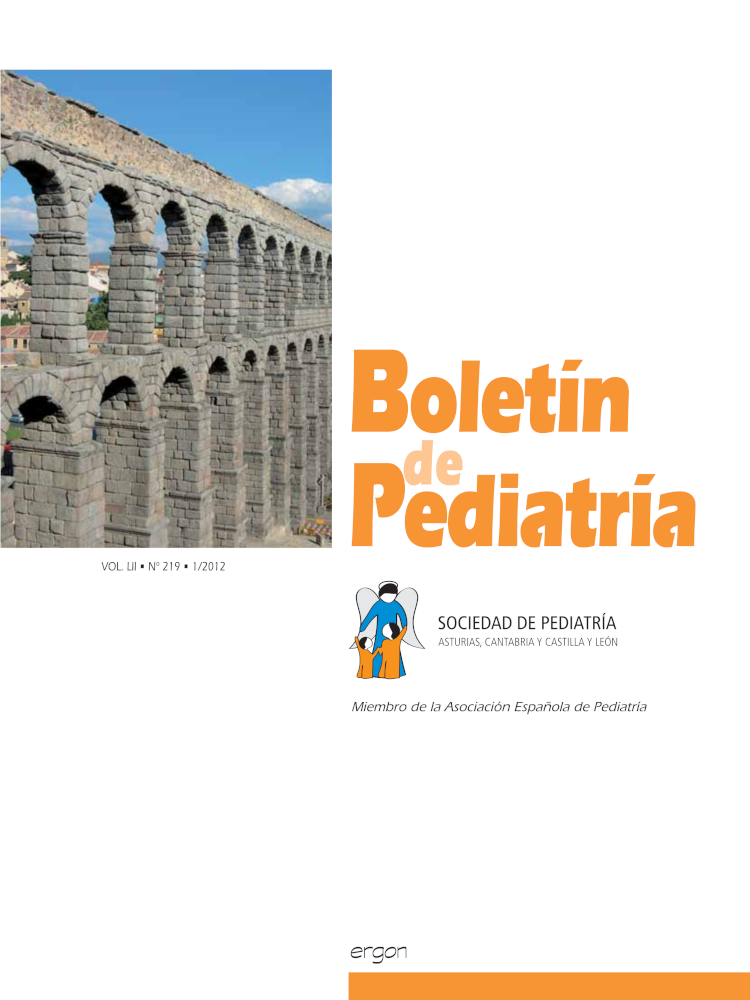Abstract
Introduction. Neuromuscular diseases are a group of illnesses affecting the motor unit, in their evolution pulmonology complications are rare to the point where 70% of these patients die from respiratory complications.
Material and methods. Prospective, cross-sectional, descriptive and observational study. Five children were studied with Duchenne muscular dystrophy and spontaneous deambulation. Pulmonary function tests, 6-minute walk and maximal strength of respiratory muscles and peripherals were performed.
Results. The mean age was 4.4 years. The disease predominated in males. Forced volume Capacity, Forced Expiratory Volume in one second, peak expiratory flow, residual volume and reactance by oscillometry were normal. The maximum strength of peripheral thoracic muscles was lower than in pelvic ones. Pressure inspiratory maximal, Pressure expiratory maximal and Peak cough flow were 50% below normal. The distance walked in 6-minute walk was lower when compared with healthy controls.
Conclusions: The 6-minute walk can be a useful tool in early stages of this disease. The impulse oscillometry can be a complementary tool due to its easy reproducibility, and the residual volume/total lung capacity index can be helpful in finding early hyperinflation secondary to decreased muscle strength.

This work is licensed under a Creative Commons Attribution-NonCommercial 4.0 International License.
Copyright (c) 2012 Boletín de Pediatría
